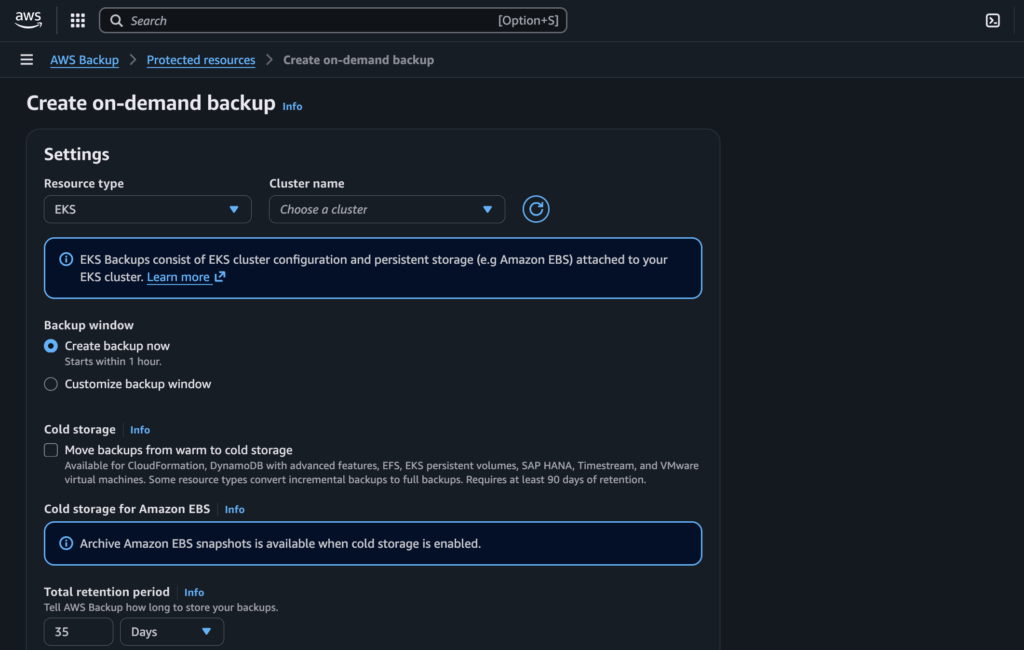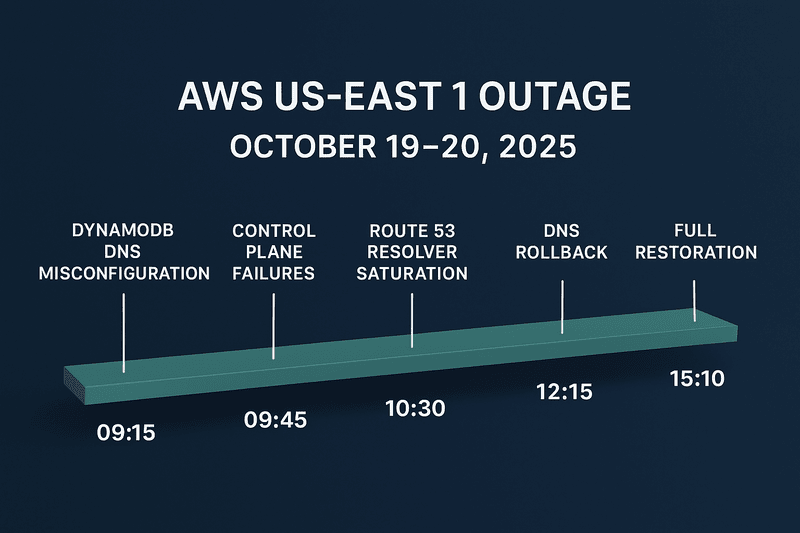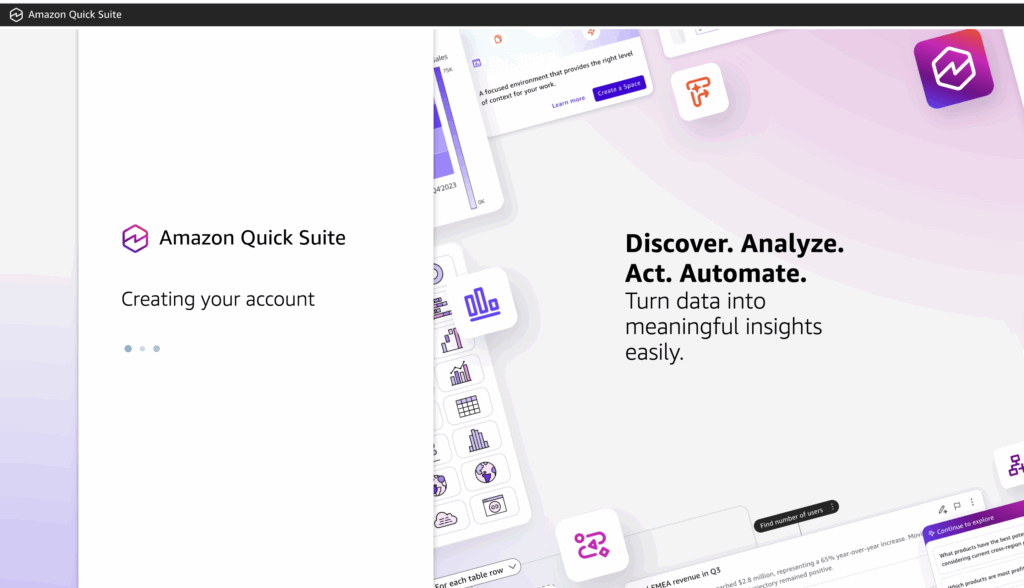We all love what Amazon S3 can do in terms of its high scalability and durability in object storage. Amazon S3 for over 18 years has delivered nothing less than value for its customers with 400 trillion objects stored, 1 million data lakes, and trillions of requests per day across different HTTP methods, Cloudfront Requests, and application-based requests all put together.
With all these successes, Amazon S3 is not done; there are lots of innovations still happening around Amazon S,3 and one of the newest feature services on Amazon S3 is the brand-new Amazon S3 Tables
What is Amazon S3 Tables
Amazon S3 Tables is a highly available and fully managed Apache Iceberg. S3 Tables combines the power of the Amazon S3 infrastructure to deliver more durable and scalable infrastructure for your Iceberg tables. With this, there will be no need to run your setup of the Apache Iceberg tables, instead, you leverage the managed option provided by S3 Tables, which promises to deliver all the promises of Amazon S3. Apache Iceberg brings the reliability and simplicity of SQL tables to big data while making it possible for engines like Spark, Trino, Flink, Presto, Hive, and Impala to safely work with the same tables, at the same time
Some Basic Features:
- Improved query performance based on purpose-built storage tuning
- Data layout optimizations
- Table-level security controls in bucket policies to simplify security for data lakes
- Automatic storage cost optimization with garbage collection
- Automated Iceberg table snapshot management driven by policy
Use Cases
Data Lakehouse Architecture
S3 Tables is foundational to modern data lakehouse designs, bridging the gap between data lakes and traditional data warehouses. It supports transactional guarantees and schema evolution while operating directly on data lakes (e.g., Amazon S3, HDFS).
Use Case: Building a single platform for batch and real-time analytics without duplicating data across systems.
Large-Scale Analytics
S3 Tables supports scalable query engines like Apache Spark, Presto, Trino, and Flink. It optimizes queries using techniques such as partition pruning and vectorized reads.
Use Case: Running ad-hoc queries on large datasets with reduced latency and cost.
ETL Pipelines
S3 Tables’s ACID (Atomicity, Consistency, Isolation, Durability) compliance ensures that data pipelines are fault-tolerant. This makes it suitable for building reliable ETL (Extract, Transform, Load) workflows.
Use Case: Simplifying data ingestion and transformation in a distributed ecosystem.
Real-Time Data Processing
S3 Tables supports streaming data use cases by enabling incremental processing with features like time travel and schema evolution.
Use Case: Analyzing near-real-time metrics or logs for monitoring and alerting systems.
Data Governance and Compliance
S3 Tables provides detailed auditing, version control, and time-traveling features, helping with data retention policies and compliance standards like GDPR and HIPAA.
Use Case: Querying historical snapshots of data for auditing or regulatory purposes.
Schema Evolution
S3 Tables makes it easy to evolve schemas without breaking downstream applications by handling changes like column additions, deletions, or renames.
Use Case: Managing dynamic schemas in environments where data structures frequently change.
Machine Learning and AI
S3 Tables can serve as a foundational layer for ML feature stores, ensuring consistency and accuracy of training datasets over time.
Use Case: Storing and querying ML features efficiently for training and inference pipelines.
Multi-Cloud Data Management
S3 Tables works seamlessly across different cloud platforms and storage systems, making it a strong choice for organizations with hybrid or multi-cloud strategies.
Use Case: Accessing and processing data across Amazon S3, Google Cloud Storage, and Azure Data Lake Storage.
Data Democratization
S3 Tables allows teams to create self-service analytics systems while maintaining strong governance by enabling easy access and manipulation of data.
Use Case: Empowering data analysts and business users to perform queries without engineering support.
Transactional Processing in Data Lakes
S3 Tables brings database-like ACID transactions to data lakes, ensuring data consistency during concurrent write operations.
Use Case: Managing high-concurrency writes and updates in large datasets, such as in IoT or financial transactions.
Conclusion
There are numerous use cases for Amazon S3 Tables, and some of the major applications have been listed above. S3 Tables will help revolutionize how Data Engineers work with data stored in Amazon S3, giving the flexibility to manage data more efficiently and more scalable, and relying on the success and durability of Amazon S3 over the years.







